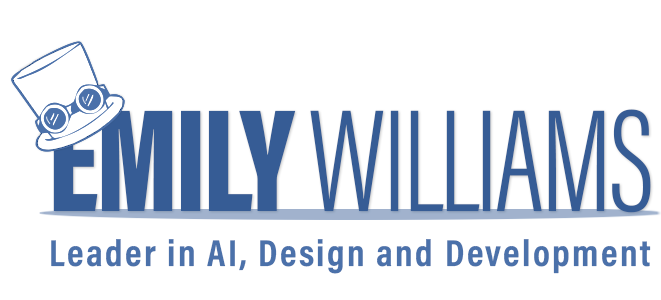NLP (Natural Language Processing): forms the bridge between human communication and computer logic.
Example: It’s like a two-way translator between human language and machine language.
Let me explain how NLP works by thinking of it as a translation process:
Human Language to Computer Language: When you write or speak in human language, the first challenge for a computer is that natural language is messy and complex (think slang, idioms, or different ways of saying the same thing). NLP breaks this down by turning the words into data that a computer can understand. This is done by processes like:
Tokenization: Splitting a sentence into smaller units (words or phrases).
Part-of-Speech Tagging: Labeling each word as a noun, verb, adjective, etc.
Vectorization: Converting words into numerical representations (vectors), which capture the meaning based on context.
Computer Language (Data Processing): Once the language is turned into these data structures, the computer can start analyzing it. It looks at things like:
Syntax: The structure of the sentence (how words are ordered).
Semantics: The meaning of the words, phrases, and how they relate to each other (like understanding that “bank” in the context of “river bank” is different from “bank” in “savings bank”).
Context: NLP systems use surrounding words and the overall sentence meaning to figure out what you’re asking or saying.
Back to Human Language: After processing, the computer needs to translate that data back into a form that makes sense to you. For example, in machine translation (like Google Translate), it would convert the structured data back into sentences in your language that feel natural and coherent.
In short: NLP takes your words (human language), breaks them down into something the computer can process (data), figures out the meaning, and then generates a response in human language that makes sense. It’s like a two-way translator between human thoughts and machine understanding.
